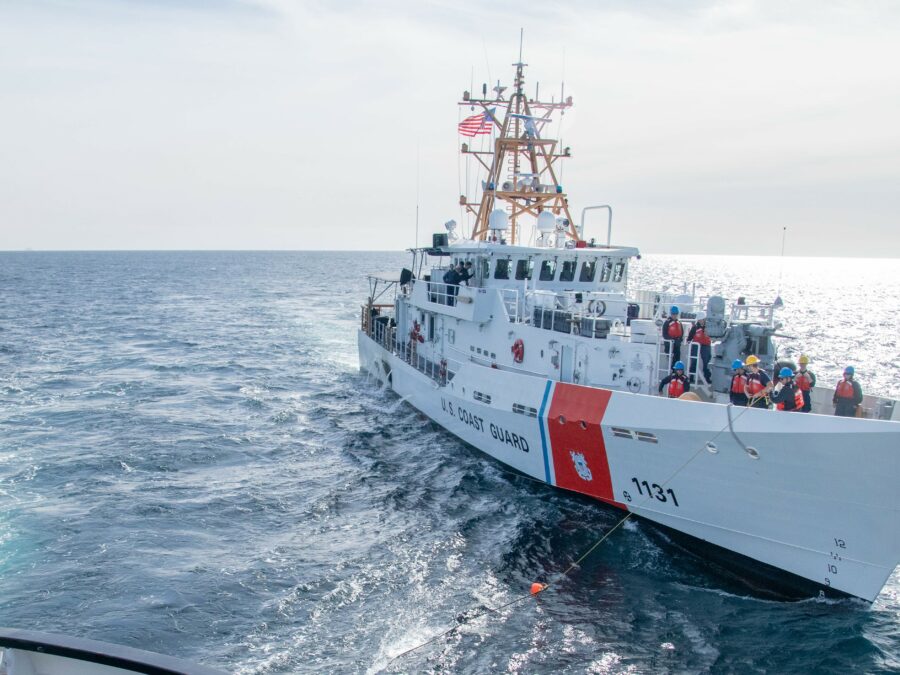
In 2012, the cat-and-mouse game between Mexican drug runners and the United States Coast Guard saw an uptick in the use of cheap “panga” boats as the main mode of transporting drugs, humans, and other contraband, along California’s coast.
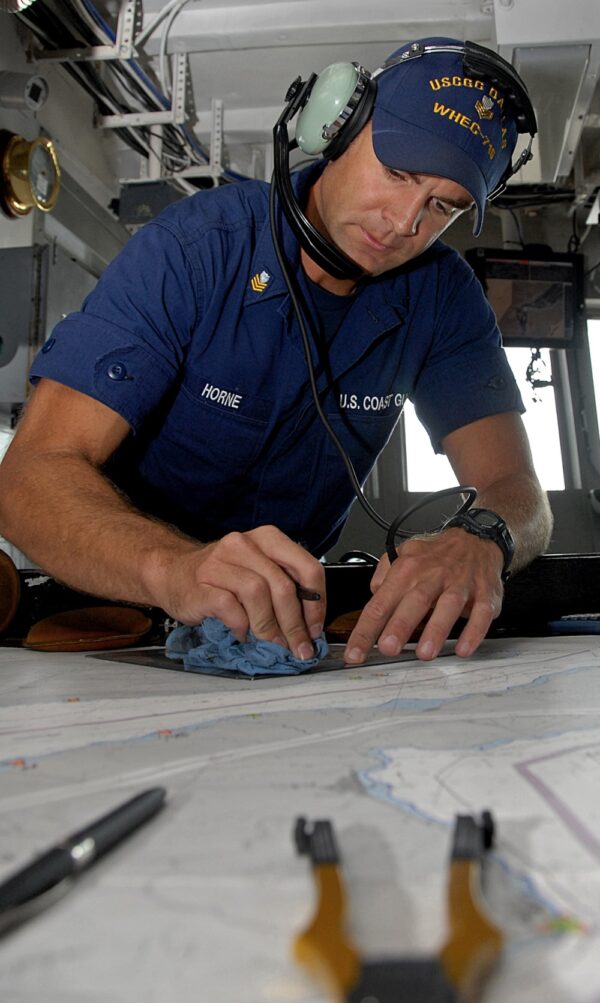
Drug trafficking organizations routinely launched pangas from Baja, Mexico, and steered the vessels north to rendezvous points in international waters. These boats were often refueled at sea by larger mother ships. Pangas may not have the speed advantage of “go-fast” drug boats, but low freeboard and fiberglass construction making them difficult to see on radar. Panga boat seizures doubled from 2009 to 2010 and again from 2010 to 2011. Such was the environment when a patrolling Coast Guard aircraft detected a stealthy panga running ‘dark’ without lights.
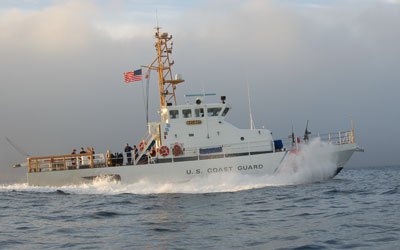
The Coast Guard Cutter Halibut (WPB 87340), an 87-foot-long coastal patrol boat, was not far away. The 87-footer was underway on a counter drug law enforcement patrol on the night of Dec. 2, 2012, near Santa Cruz Island, California. The Coast Guard surveillance aircraft then vectored the nearby Halibut to intercept the suspected smuggling vessel. The cutter’s radar soon picked up an intermittent contact and closed the distance to investigate.
The Halibut’s crew geared up for a possible law enforcement boarding. The cutter’s four-person law enforcement team was led by 34-year-old Chief Boatswains Mate Terrell Horne, a married father of two and Halibut’s executive officer. A California native, Horne began his career some would say inauspiciously, remarking as a 22-year-old inductee on his 1999 enlistment document, “The majority of my experience was during parties and social events.” But his service record revealed an individual driven to excellence and with an uncanny knack for mentoring others.
Early on, Horne was recognized for mentoring other shipmates. As a seaman (E3), Horne was acknowledged for taking a seaman apprentice (E2) under his wing, helping the junior member achieve qualifications. That trend would continue with a steady string of positive performance documents which included successfully overseeing the development of four junior officers and six Academy cadets. These affirmations also provided indicators of “model” behavior in nearly every evaluation category and on all types of units. Horne’s mettle would soon be put to the ultimate test during the upcoming law enforcement boarding.
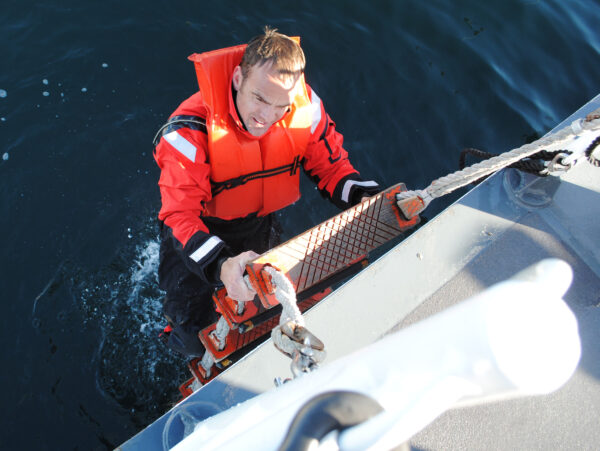
In a high percentage of cases, the threat of the nearby larger cutter would be enough to compel compliance and deter any hostile actions. Not so on that dark evening in 2012, when the cutter launched its rigid hull inflatable shortly after midnight to investigate the darkened panga that was running without navigation lights.
Horne and his crew of three approached the stealthy vessel with caution. His team hailed the vessel with a bullhorn. The familiar phrase, “This is the U.S. Coast Guard, heave to and prepare to be boarded,” was ignored. Edging closer, it quickly became obvious this boarding would be different, horribly different.
Within seconds, instead of assuming a course that would facilitate the boarding team embarking, the drug boat turned sharply towards the cutter’s small boat and accelerated. The panga operator’s intent was clear, despite the Coast Guard small boat immediately taking evasive actions. The drug runner did not want to be stopped or boarded and was gambling that he could disable the smaller Coast Guard boat and evade capture.
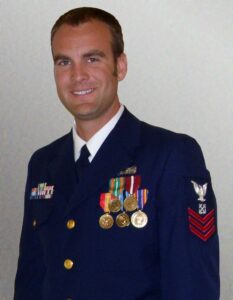
As soon as the threat was detected, one of Horne’s crew got off several shots, aiming at the panga’s operator. Unfortunately, despite superior marksmanship from a moving vessel in a seaway, the bullets ricocheted off the panga steering wheel. With seconds to act before the panga struck the Coast Guard small boat, Horne shoved his coxswain from his seat just before it was crushed by the panga’s bow, directly exposing Chief Horne to the oncoming vessel.
Horne was ejected after the charging panga smashed its bow into the top of the 21-foot Coast Guard small boat. The panga backed off and circled back, running down Horne and another boarding team member as they bobbed on the surface, the drug boat’s sharp propellor gnawing into Horne’s body. Despite the swift recovery by the cutter Halibut’s crew, Horne died of his wounds en route to shore. The second crewman was also struck but survived.
The panga fled but was intercepted just ahead of Mexican waters by Coast Guard 45-foot response boats. As those boats closed in, the panga continued to evade, but it was shouldered into compliance and boarding officers leapt aboard and subdued the smugglers with guns drawn and pepper spray deployed.
Horne’s line-of-duty determination listed the cause of his death as “murder.” According to a 2019 Daily Breeze article, Horne’s killer, the panga operator, Jose Mejia-Leyva, 42, “will never receive the chance for parole for the December 2, 2012, confrontation that killed Horne, a Redondo Beach resident with a pregnant wife and two sons. Mejia-Levy’s partner and panga crewman, Manuel Beltran-Higuera, 44, was sentenced to 10 years in federal prison for his role in the crime.
Mejia-Levya insisted it was another panga that didn’t belong to him that collided with the Coast Guard small boat. Judge Gary A. Feess in the U.S. District Court of Los Angeles, gave no credence to the repeat drug offender and rejected the “mystery boat” defense, telling the defendant that “there was no doubt whose boat killed this man.”
Ten weeks after Horne was killed, his widow, Rachel, gave birth to the couple’s third child, another boy. She bravely confronted her husband’s killers during the sentencing phase of their trial, holding a picture of her husband with two of their sons. Fighting back tears, she said, “Words cannot express our sorrow and emptiness. He was kind, generous and loving.”
Horne, the first Coast Guardsman killed by smugglers since 1927, was awarded the Coast Guard Medal (CGM) for heroism. The CGM was established on Aug. 4, 1949, for voluntary acts of great heroism in the face of grave personal danger.
Commandant Bob Papp spoke at a Coast Guard Sector Los Angeles/Long Beach memorial ceremony for Horne where more than 500 family and friends attended. Papp reminded the audience that service members come together as a team but are expected to make a difference as individuals. In Horne’s case, the audience remembered and celebrated a shipmate who did make a difference. Papp remarked that, “we need selfless patriots who will make the decision every day to answer the nation’s call, to throw themselves into the breach against every manner of evil that might confront us, and will state to their fellow citizens, ‘I will be your shield, I will stand the watch.’ Terrell Horne was such a patriot.”
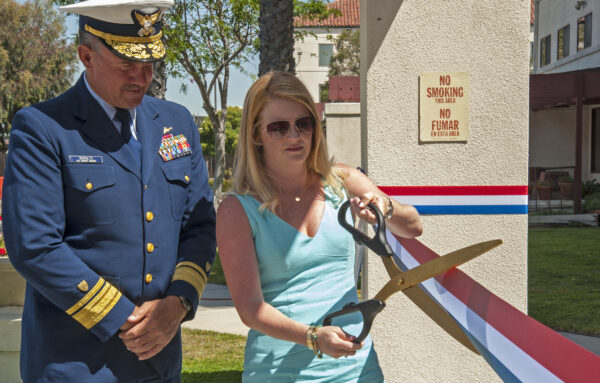
Horne was also posthumously promoted to senior chief and is honored at the Coast Guard’s Recruit Training Center Cape May with his name etched on his service’s Enlisted Memorial. The memorial, open to the public, recognizes those enlisted personnel who made the ultimate sacrifice in the line of duty.
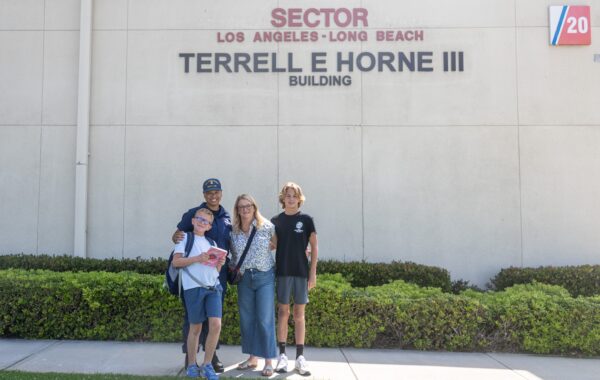
Horne’s name is among the 1,700 Coast Guard men and Women who died as a “direct result of the mission.” On March 22, 2019, the Coast Guard named its 31st Fast Response Cutter (FRC) in honor of Horne. The cutter is stationed in Los Angeles/Long Beach. FRCs have been named for enlisted heroes since 2012.
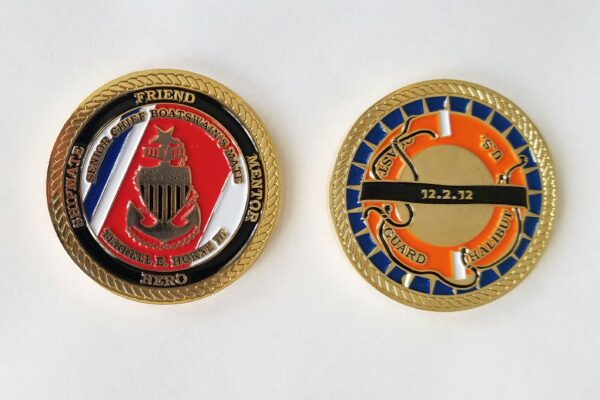
Reflecting on the pain inflicted on many that evening, Halibut’s captain, retired Cmdr. Stew Sibert commented, “Senior Chief Terrell Horne heroically made the ultimate sacrifice, but he was not the only casualty of that evening. Over the following years, many of his Halibut shipmates struggled to overcome the horror of Horne’s wanton murder. While the traumatic stress of that evening manifested in different ways and at different times, there can be no doubt that tragically losing such a beloved member of a tight knit crew scarred them in ways that will never fully heal.”

In our own fashion, we can pray for the life lost and especially for those people in the Coast Guard boat and on the cutter (and their loved ones), so changed by that night.
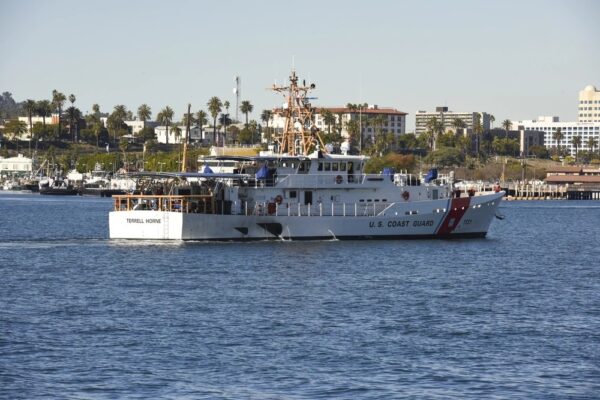
National Coast Guard Museum insider tip: The National Coast Guard Museum will tell the story of Senior Chief Horne and the important work done by Coast Guard crews in the Combatting the Illicit Drug Trade exhibit on Deck 3.
